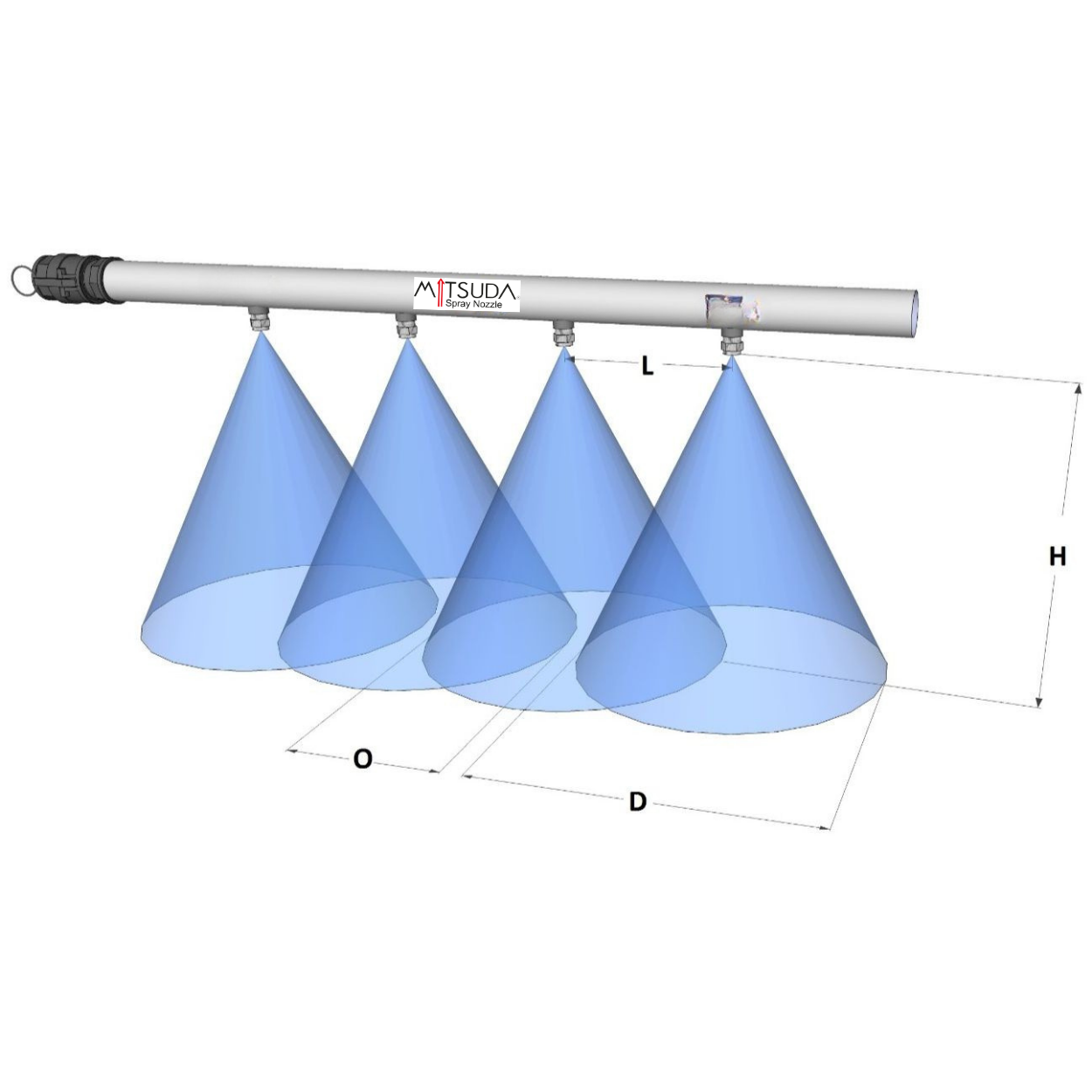
How a Nozzle Works
A nozzle is a device, typically a converging duct, designed to change the speed and direction of a fluid (liquid or gas). In simpler terms, a nozzle is the constricted part of a pipe. This constriction accelerates the fluid while simultaneously decreasing its pressure.
The Principle Behind Nozzle
Nozzles operate based on Bernoulli's principle. This principle states that there is an inverse relationship between the pressure and velocity of a fluid. In other words, as the fluid's velocity increases, its pressure decreases.

Converging Duct: As the fluid passes through the narrowing section of the nozzle, the available area for flow decreases. This forces the fluid to accelerate.
Pressure Drop: The increase in velocity corresponds to an increase in the fluid's kinetic energy. This, in turn, causes a decrease in its potential energy, which is manifested as a drop in pressure.
Direction Change: The design of the nozzle can also alter the direction of the fluid. For instance, a spray nozzle atomizes a liquid into fine droplets while simultaneously forming a conical shape.
Applications of Nozzle
Nozzles find applications in numerous fields:
Automotive: Used in fuel injectors to spray fuel into engine cylinders at high pressure.
Aerospace: Employed in jet engines to accelerate the mixture of air and fuel into the combustion chamber.
Industry: Used in various industrial applications such as paint spraying, cleaning, and firefighting.
Agriculture: Used for uniform distribution of liquids in agricultural spraying.
3D Printing: Used to melt and deposit filaments layer by layer in 3D printing.
Types of Nozzle
Nozzles come in various shapes and sizes, leading to different types for specific applications. Some common nozzle types include:
Cone Nozzles: Produce a hollow or solid cone-shaped spray.
Flat Fan Nozzles: Create a flat, sheet-like spray.
Air Atomizing Nozzles: Mix air and liquid to produce a finer spray.
In essence, nozzles are essential tools for controlling the velocity and direction of fluids. Operating on Bernoulli's principle, they have a wide range of applications across various industries.











